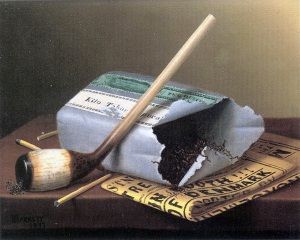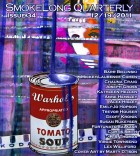Ah. The color vermillion. I love it. But writing is all about word choices. Why vermillion as opposed to red or scarlet?
Vermillion was not a choice. The tilak—the vermillion mark—is a symbol of the unknown world in Indian and East Asian iconography. It is the third eye, placed somewhere on the forehead, usually above the middle of the two eyebrows. It is where the eyes become fixed, as in deep sleep, the opening to intuition and creativity. The story attempts to probe that connection between the realities of waking life and dream.
I like the implicitness of this piece—it is shrouded in mystery. You give us some information, but not too much. Some readers might come to different conclusions. Explain how you feel about implicit versus explicit themes, and if you think the former is more prevalent in poetry.
I am a poet, first. I think of language as a beautiful appropriation. These signs we have agreed upon bear witness, yes. But meaning? Everything is mystery. Who we are, what it means to be, these things we only guess. I’ve learned to resist closure. For me, the stories that resonate are those that gesture toward the ineffable.
I felt this piece was rather hypnotic, though it had a distinct rhythm with short staccato spurts. Tell me about the process of writing this piece.
Previous versions of the story were much longer, in linear temporalities. The girl, the drowning woman— each had her own incarnation, detailed and distinct. I struggled with successive drafts, a sequence of poems, until the two experiences merged as one memory, one dream—a continuity of plot manifested in the fragments, in glimpses of the true nature of existence.


